How the world’s first 3D-printed village might end global homelessness
Advertisement
People
How the world's first 3D-printed hamlet might end global homelessness
Swiss designer Yves Behar's high-tech, low-price solution to social housing aims to get out no homo homeless, starting in Latin America.
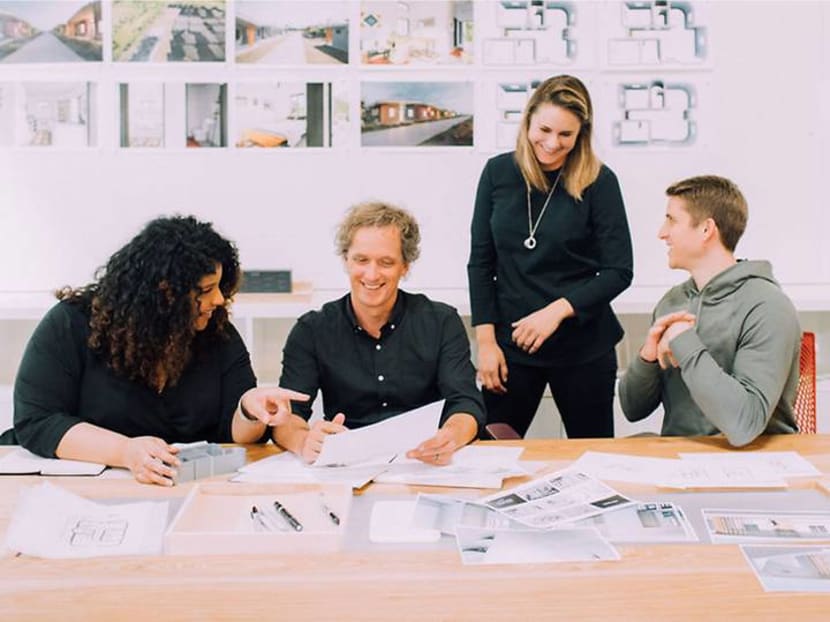
Yves Behar is the founder and chief designer of fuseproject. (Photo: Terilyn Steverson)
26 Jul 2022 06:30AM (Updated: 04 Jul 2022 06:04PM)
Fiction writers have had an almost supernatural knack for foretelling the future.
In 1995, science fiction writer Neal Stephenson prognosticated a world in which the lawmaking for nearly anything could be downloaded and printed in his novel The Diamond Age.
Barely a decade later, the advancements in 3D-press technology sparked a revolution when Dr Anthony Atala performed a medical miracle: Bioprinting the earth'south outset man organ – a nevertheless-functioning bladder – and successfully transplanting information technology into a young patient at the Boston Children's Hospital.
Seduced by the space commercial possibilities, 3D-press technology continues to disrupt new industries – while growing more sophisticated – by the twenty-four hour period.
READ> This Singapore domicile pays tribute to both architectural history and family ties
In the housing and construction sector, Chinese company WinSun pioneered the world'south first 3D-printed dwelling house in 2013. Ten such homes were printed in 24 hours but they needed to be transported from the factory and required human assembly.
Refinements in the six years since take ushered more concrete developments, bringing cost benefits while reducing manpower needs (and woes). Not to mention the unprecedented speed of construction.
Last twelvemonth, the Ramdani family became the globe'south first residents of a 3D-printed home when their four-bedroom house was printed on-site in just 54 hours. The 95 sqm (1,023 sq. ft.) foursquare house was a epitome of the Yhnova social housing project in Nantes, France, which aims to construct affordable, adaptable, and energy-efficient housing in a time- and toll-effective style.
The 3D-printed house took another four months to complete with the addition of a roof, doors and windows simply all in, it cost almost £176,000 (S$300,000) to build – nearly 20 percent less than using traditional structure methods and materials, according to professional person estimates.
3D-PRINTING AN ENTIRE Hamlet
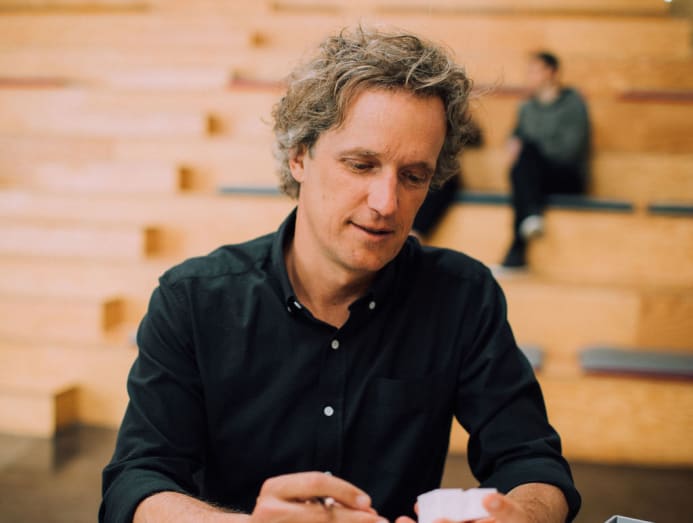
At present, the potential to replicate and adapt this technology to solve a problem that has plagued urban planners for decades is beingness harnessed en masse by renowned Swiss designer Yves Behar, in partnership with New Story, a non-profit organisation dedicated to ending global homelessness through dignified housing solutions.
"Increased density in cities, rising housing costs and homelessness nowadays challenges that architects and urban planners must respond to," said Behar, founder and chief designer of fuseproject, an laurels-winning industrial design and brand development firm that has worked with some of the world'south top companies from Samsung and Prada to MINI and PUMA.
Behar's and New Story's collective response marries pattern, engineering and community organising to provide the well-nigh cost-effective and sustainable solution to social housing bachelor today, with the fastest and most efficient method of structure now being offered to poor families in Latin America.
"We believe that the time to come of environmental pattern is nearly maximising limited resources, new materials and building engineering; creative problem-solving that addresses the needs of specific users and elevates the man experience," explained Behar.
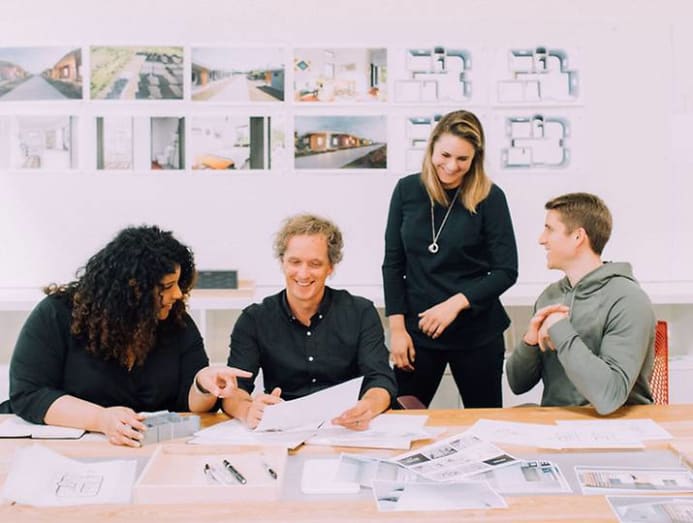
Similarly, New Story CEO Brett Hagler recognises a need to question conventional approaches to thinking, designing and building.
"Nosotros feel information technology'due south our responsibility to challenge traditional methods," he said. "Linear methods will never attain the billion-plus people who need safe homes. Challenging our assumptions, iterating based on information, and taking calculated risks on innovative ideas will allow u.s. to accomplish more families with the all-time possible solutions, exponentially faster."
New Story has so far funded more than two,200 homes for families in demand in Mexico, Haiti, El Salvador and Bolivia in the past three years, and, before adopting the 3D-printing tech, it took the not-turn a profit viii months to build 100 homes, each with a toll tag of around The states$half dozen,500 (S$8,870).
Now, the organisation will be able to erect unabridged villages of homes for vulnerable families in underserved communities, with each dwelling costing under Us$4,000 – and built within a twenty-four hour period.
READ> A Singapore habitation of floating concrete connects a multigenerational family
SCALABILITY & SUSTAINABILITY
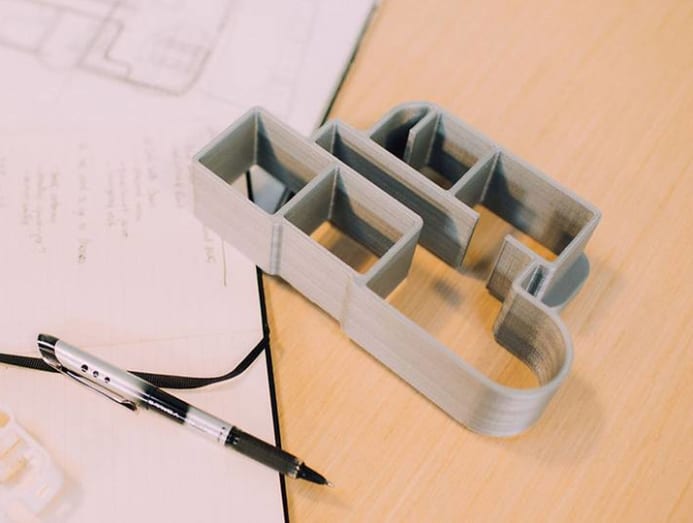
The project presented a number of exciting questions which the team explored, such equally how to innovate with a 3D printer to create a housing model that is replicable, built to last, and able to support multi-generational family unit growth.
Autonomously from ensuring the viability of the physical infrastructure, the squad likewise looked into integrating the local needs, traditions and techniques into the varied cutting-edge technological designs, while creating a structure that is affordable, safe, functional and scalable for families in rural communities – without compromising on aesthetics.
The procedure, described by Behar as "beautifully collaborative", has led to creative solutions for an adaptive design born in partnership with the local community, comprised mostly of farmers and artisans.
Phase i of the projection will see l homes being built for impoverished families living on less than US$200 per calendar month in Latin America.
"Increased density in cities, rising housing costs and homelessness present challenges that architects and urban planners must respond to." – Yves Behar
Altogether, they volition house about 200 people, with construction to begin later this year and complete in early 2020. Eventually, this community will grow to 400 homes in full and impact thousands of lives.
Each of these homes will be printed using the Vulcan, a portable printer designed past ICON, a Texas-based company which, incidentally, received United states of america$9 million in seed funding last twelvemonth to further develop its honour-winning, proprietary 3D-press technology that's revolutionising homebuilding in the fight confronting homelessness.
The mobile printer will print each house on-site and is designed to role nether unpredictable constraints in developing countries where electricity, water and labour may be scarce. It likewise produces well-nigh zero-waste output.
"As the world grows, nosotros have more of a responsibility to accept care of the people and resources in it. It would exist irresponsible to futurity generations if we do non prioritise sustainability in all we practice," said Hagler.
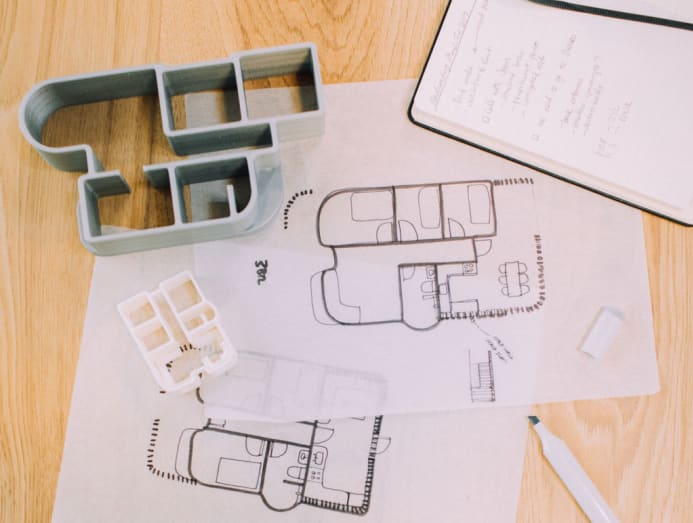
Sustainability is indeed a "core tenet of blueprint" for Behar, a long-time advocate whose blueprint philosophy is very much influenced by the innovation of new sustainable materials and technology. He also believes that design should be a strength for positive social and environmental change.
In designing the homes, Behar and his team performed a "community inspect" to uncover the needs of its future residents, taking into account likewise the local environmental conditions such every bit climate and tectonic activeness. The curves in the architecture, for instance, improve air circulation within the home, thereby reducing potential humidity and improving thermal resistance, while the base construction and wall cavities have been reinforced to withstand lateral movements, given the seismic risks in the earthquake-prone region.
The families who volition live in the community have been involved in the planning process correct from the start, with options for personalisation to requite each resident a sense of ownership and community. The design fifty-fifty allows for the building of second floors to adapt the growth of a family over time.
Each 55 sqm (592 sq. ft.) house sits on a 120 sqm (1,292 sq. ft.) lot, with its interior open floorplan designed with a focus on liveability and flexibility – helped past the fact that the printers can pretty much fashion whatever shape and combine any number of materials – sand, physical and fibres – into "ink".
"Nosotros believe that the future of environmental blueprint is about maximising limited resources, new materials and building applied science; creative problem-solving that addresses the needs of specific users and elevates the human experience." – Yves Behar
The well thought-out spaces also characteristic outdoor spaces for cooking, dining and family gathering, with a roof overhang over the front and back patios providing added shade from the sun, protection from the heavy tropical rainfall plus a space for socialising.
The most beautiful aspect of the plan, perhaps, is that it gives each family unit non only shelter from the elements, but too the opportunity for homeownership.
The families pay a zero-involvement mortgage rate each month, depending on their income, and these monies are then pooled back into a customs fund for hereafter community improvements such as the building of parks and playgrounds. Eventually, they will own the habitation as well as the state on which the homes are congenital, benefitting generations to come.
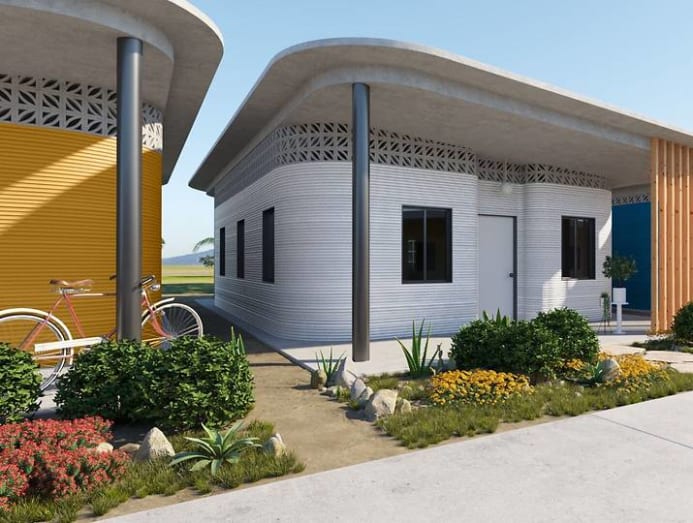
"Good design should exist transformative; I don't believe in design for design's sake," said Behar. "Our responsibility every bit designers is to sympathise who we're designing for, the core environmental challenges we are facing, and the needs blueprint tin can serve."
And now that 3D-printing tech is no longer the stuff of science fiction, Behar's application of design-thinking principles paired with ICON's cutting-edge construction applied science may just help New Story fulfil its quest to leave no man homeless.
READ> The architects designing the Punggol Digital District on creating a greener Singapore
Contempo Searches
Trending Topics
Source: https://cnalifestyle.channelnewsasia.com/people/the-world-s-first-3d-printed-village-240136

0 Response to "How the world’s first 3D-printed village might end global homelessness"
Post a Comment